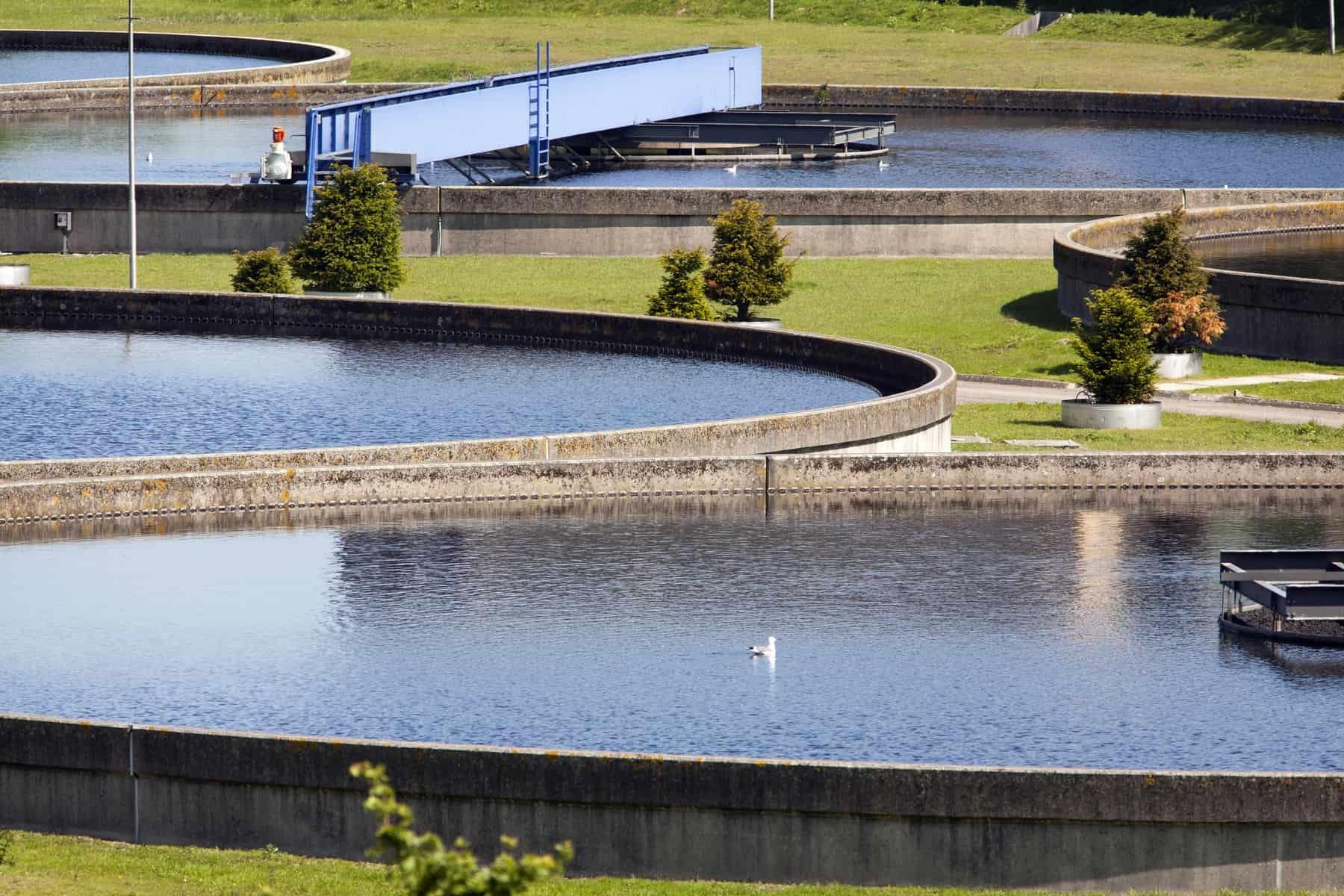1) Sedimentation Tanks

Sedimentation tanks are one of the oldest types of wastewater treatment machines. They use gravity to remove suspended solids and heavy particles from wastewater. The wastewater is directed into the tank, and solids settle at the bottom while the liquid is taken out from the top. The sedimentation tanks are suitable for removing large particulate matter from wastewater, but they are not effective in removing dissolved pollutants.
2) Aeration Tanks
Aeration tanks use air and bacteria to remove organic matter, suspended solids, and other pollutants from wastewater. The process involves introducing air into the wastewater, creating an aerobic environment for bacteria to break down the organic matter. The resulting sludge settles at the bottom of the tank while treated water is discharged. Aeration tanks are effective in removing organic wastes but may not be effective in removing some toxic substances.
3) Membrane Bioreactors
Membrane Bioreactors (MBRs) are advanced wastewater treatment machines that combine biological treatment with membrane filtration. The process involves using microorganisms to break down organic matter and nutrients, while the membrane filtration removes any remaining suspended solids and bacteria from the wastewater. MBRs are highly efficient and produce high-quality effluent suitable for reuse.
4) Reverse Osmosis Systems
Reverse Osmosis (RO) Systems use a semi-permeable membrane to remove water molecules from wastewater. The process involves applying pressure to the wastewater, forcing it through the membrane, which filters out impurities, salts, and minerals. RO systems are ideal for treating wastewater with high TDS (total dissolved solids) levels and producing high-quality water for reuse.
5) UV Disinfection Systems
UV Disinfection Systems use Ultraviolet light to kill harmful bacteria and viruses in wastewater. The process involves passing the wastewater through a chamber with UV lights, which destroy pathogens by disrupting their DNA. UV Disinfection Systems are ideal for treating mixed wastewater and producing effluent suitable for reuse in various applications.
In conclusion, wastewater treatment machines play a vital role in ensuring that the harmful pollutants and contaminants present in wastewater are removed before discharge into the environment. Each type of wastewater treatment machine is designed to address specific wastewater treatment needs and are effective in different applications. By exploring and understanding the various applications of each of the wastewater treatment machines mentioned in this blog, industries can choose the appropriate machine for their wastewater treatment needs.
If you are interested in purchasing wastewater treatment machines, FERRET showcases products from suppliers of wastewater treatment and other related products and services.